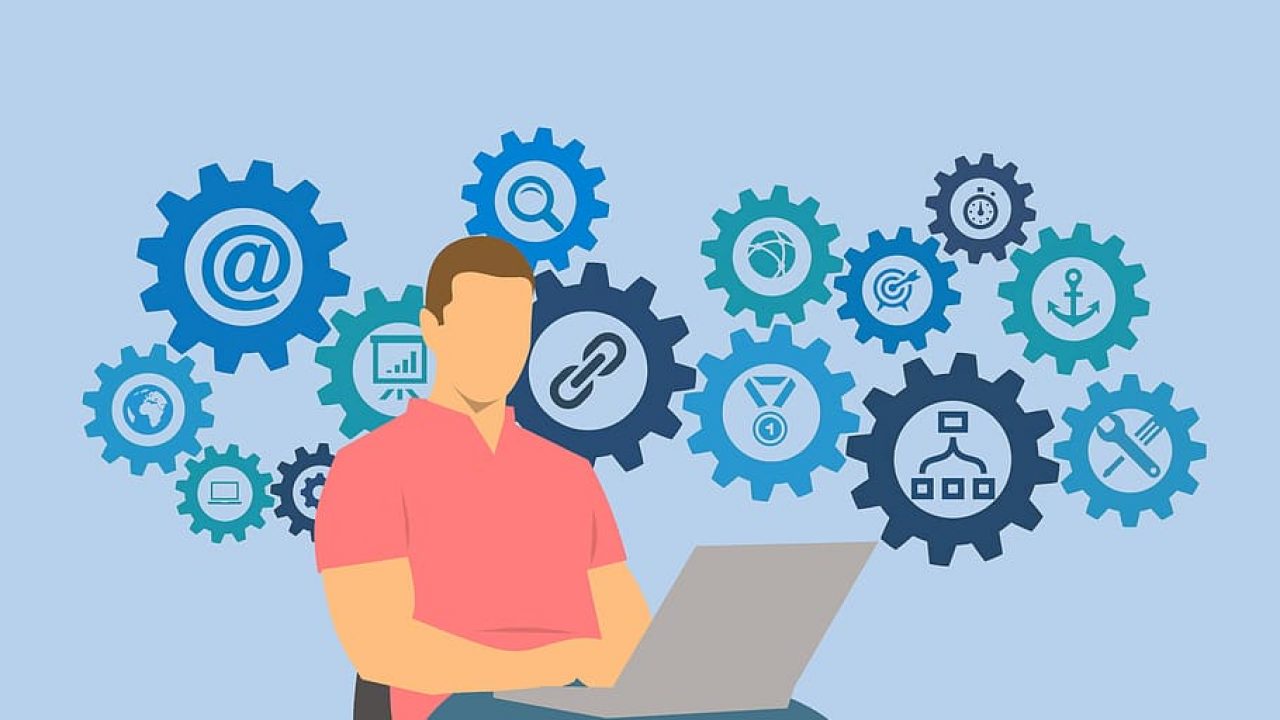
The digital marketing industry has had a challenging and rewarding year in 2021. Challenging due to the pandemic and evolving data privacy regulations. While people staying home hampered real-world marketing, the digital marketing industry stepped up. Throughout it all, email marketing delivered results, as it has for over 40 years. What can marketers expect from email in 2022?
Here are 5 key email marketing trends for 2022.
Personalization
Even with stricter rules around consumer data collection and use, expect email marketers to focus even more on segmentation, targeting, and personalization. Email marketers will increasingly focus on personalizing subject lines, content, send timing, offers, and promotions based on data. Expect email marketers to step up their game and personalize their campaigns to a new level.
The Impacts of Data Privacy
From new legislation and regulation to specific technological developments (like Apple’s Mail Privacy Protection features), email marketers will be challenged in 2022. However, email is set to thrive in 2022. Experienced email marketers work within a regulatory framework that includes rules. However, while changes in data availability will make certain aspects of email marketing more difficult, the email channel itself is vital to both consumers and businesses. Expect email marketers to continue to deliver impactful and effective campaigns in 2022.
A Renewed Focus on Performance Marketing
Open Rate, a traditional email marketing metric, will likely be ignored or used only as a guideline. In fact, this may be a net positive for the industry. Email open data has always been suspect for technical reasons. From now on, email marketers will have to rely on more precise and easily tracked metrics. By focusing on sales and conversions, marketers can optimize toward these more valuable and revenue-driving performance metrics.
Interactivity
Expect to see email campaigns with lots of engaging interactivity. Look for content that recipients can interact with within the email rather than having to click out to a website. This type of interactive element reduces the steps required to drive any number of actions by recipients. Interactivity will help optimize campaigns to maximize recipient engagement and conversions as the focus shifts to performance.
Using AI Tools
We’ve been hearing about AI for years, but you’d be surprised how far it’s come. Now there are tools that can automatically write or rewrite marketing content based on performance data. With help of AI tools, they can easily write your email content, subject lines, and calls-to-action. And these tools improve performance in many cases. While AI isn’t quite ready to create content from scratch, it can now help marketers optimize and dial in content as effectively (and likely more effectively) as they can manually.